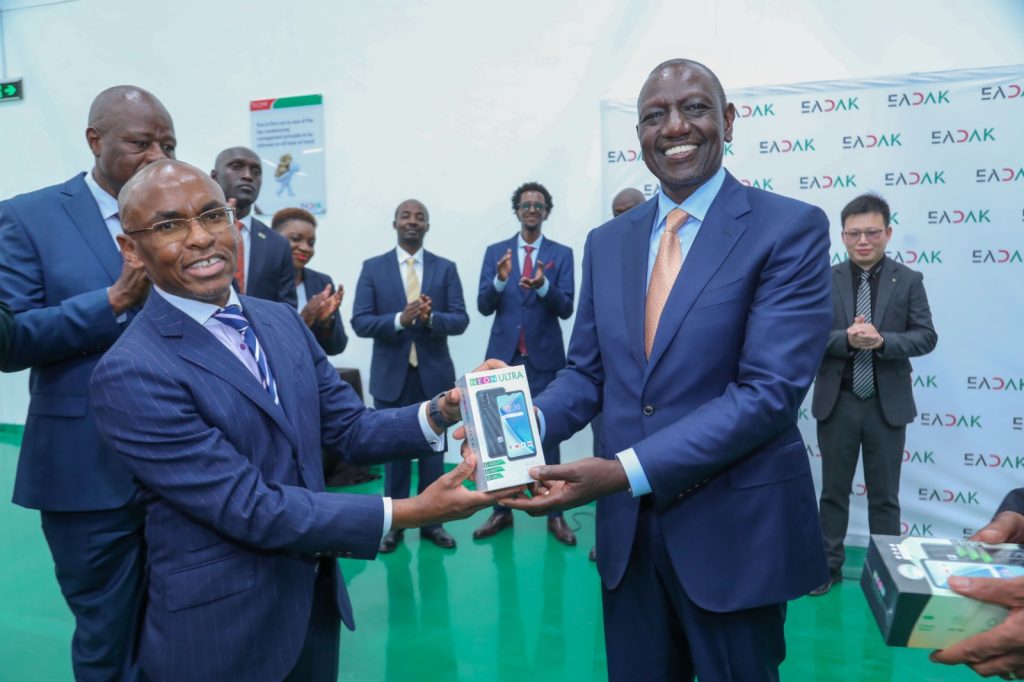“Google recommends designing [products] for the next billion users,” Otobong Okoko, a product designer at Sterling Bank Nigeria, said of his adherence to best practices that ensure global accessibility for digital products. Global accessibility refers to the idea of building digital products that are inclusive of various disabilities, societies and cultures.
According to the Google design blog, “No two users are exactly alike. Physical and cognitive disabilities, as well as environmental factors, can inhibit people from fully engaging with technology: hardware, software and beyond.”
“We often find similar–sometimes even identical–issues that impact users’ ability to interact with their tech; and while the restrictions across users and use cases vary, the design implications are similar. For example, bright sunshine, low vision or a cracked phone screen can all be factors that motivate the need for better contrast ratios.”
As the attention of global tech companies shifts to emerging markets in places like Nigeria, Indonesia and India (the next billion users) and local tech companies in these places build digital products to solve functional problems in their society, the responsibility to consider issues like poor connectivity, low-end devices and even cultural nuances falls on the product designers and managers.
Product design and management are relatively new job titles within tech companies. Fieldinsight Vice President of Products, Toyin Oshinowo, mentioned that seven years ago, product management as a title within tech companies was not commonplace as it is today, and that the role is constantly evolving. However, the need to give users an optimal experience remains constant when building products.
Building inclusive products may mean building different versions of the same product, when varying design requirements cannot be fused into one product. Adeola, a bank teller, buys prepaid mobile data in Lagos Nigeria, which she considers expensive as she spends an average of 30 dollars a month, while earning about 300 dollars monthly from her job. She’s grateful for phone apps that have a “lite version”, which means less data consumption. “How can I be spending almost 10 percent of my income on just data? I’m looking for ways to cut down the data I use.”
Adding local language capabilities, as with some Google products, or building alternative channels like USSD/SMS based applications because of poor or no internet connectivity, are also methods that have been adopted to ensure inclusiveness.
Although emerging markets have their unique requirements, according to Toyin, the principles governing product design are universal. “If you are doing product design the proper way, there should be no difference whatsoever. The problem you tend to find is that the people who design digital products are not modelling their users the appropriate way. They are making a lot of assumptions.”
Payal Arora, a digital anthropologist confirmed Toyin’s point in her book, The Next Billion Users: Digital Life Beyond the West where she revealed that many assumptions about internet use in developing countries are wrong. Payal, was able to debunk many of these assumptions through extensive fieldwork.
One issue that is often cited when dealing in markets like Nigeria is the lack of data upon which to model users. Toyin acknowledges this problem, then points at the practise of sitting at a desk to make decisions, without field research, as a major disadvantage for product designers and managers who adopt that approach. The ideal situation for her would be to build a prototype based on a hypothesis, and then go into the field to test and gather data which either validates or disproves the hypothesis.
Finding enough time to carry out these tests may prove a challenge, as both Toyin and Otobong admit. Toyin says “in the Nigerian market, clients often expect you to build products in a very short time,” and this reduces the time frame to test a product, gather data and experiment. Otobong too, mentions internal pressure to deliver within a short time frame and this constrains his ability to test the product to his satisfaction.
Regardless of time constraints and other challenges, as the next billion users join the internet, product designers and managers can only solve problems better with digital products if they know these users through proper research, and not assumptions.











